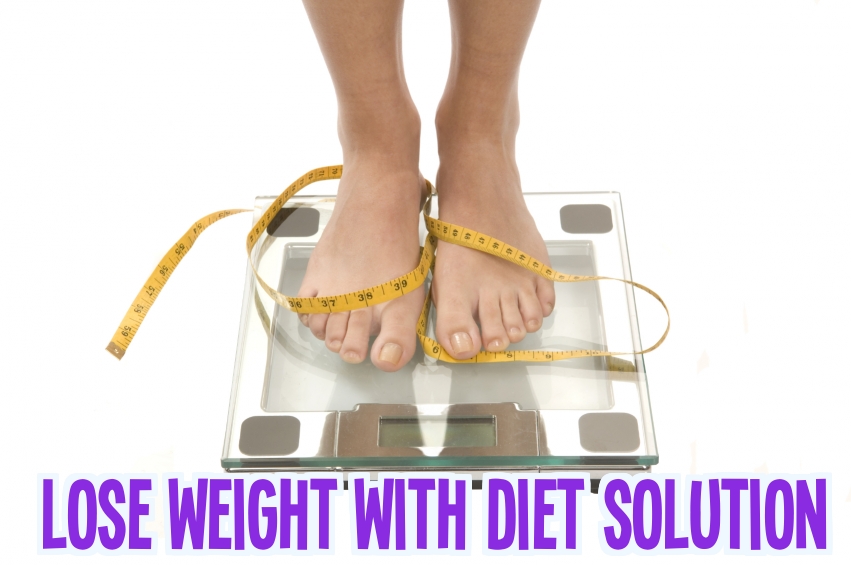
Finding the right system often proves to be a difficult and complicated task. Web benefits makes the point about the hormonal diet and its slimming promises.
What is the hormonal regimen?
Hormones have an action on fat cells, so it’s important to understand how they work to fit our diet and help us maintain a pretty silhouette.
To do this, you should choose the foods (according to their glycemic index) corresponding to your hormonal profile. Dr. Nys distinguishes 3 different: the “insulin” profile, the “stress” profile and the “leptin” profile.
The first corresponds to very greedy women with a strong appeal for sweets, who tend to nibble between meals and who like to enjoy themselves. Often the accumulated weight lies in the upper body, making the silhouette unsightly.
The second, stress, brings together the ladies who eat to soothe their nervousness. For them, food has a tranquilizer power and helps them to overcome the hassle of everyday life. They favour salted foods (which they almost systematically resoil), hence the installation of superfluous kilos at the level of the abdominal belt. The weight of these people varies very easily from one day to the next.
Finally the last, the Leptin profile, concerns the ladies who, certainly too anxious about their line, do not eat regularly, avoid the fat to the maximum and do not vary their food. These last ‘ store fats ‘ and their overweight is spread throughout their bodies.
For the hormonal diet “Stress”
-some fruits and vegetables such as apples, pears, very ripe bananas, zucchini, green beans…
-Lean meats such as veal and turkey cutlets, chicken breasts, rumsteaks…et and crustaceans
For the hormonal diet “leptin”
(Be sure to eat well at fixed times.)
-Fish, poultry, eggs… anything that can bring protein
-Green vegetables Type green beans, salad, leeks, cabbage…
-starches and fibres (white bread, chickpeas, green cabbage…) in order to achieve a level of satiety correct
For the hormonal diet “insulin”
-Fibres (excellent for slowing down and limiting the absorption of sugars) present in fruits and vegetables but also in cereals: bran of wheat, complete bread, white beans, artichokes, almonds, gooseberry…
-Slow carbohydrates type mushrooms, greens, dried vegetables, beans, complete pasta, full rice…
-Starchy and floury with a low glycemic index like fresh peas, beans, green lentils…
-Fish and shellfish
-White meat Type Poultry
Food to be banned
For the hormonal diet “Stress”
-Pork, Sheep
-Fatty fish: mackerel, sardines, salmon…
-Prepared dishes
-Fruits such as melon and raw vegetables, cabbage, artichoke…
You should also moderate your consumption of soft drinks, fibre and salt.
For the hormonal diet “leptin”
-Sweets and desserts (thousand leaves, nuns…)
-Charcuterie and fatty meats (pork chops and roasts, lambs and sheep….)
-Sauces
-The cheeses too fatty (goat, Roquefort, County…)
Limit meals that are rich in sugars and fats as much as possible.
For the hormonal diet “insulin”
-Dry cakes, honey, sweets, milk chocolate…
-cooked and fresh carrots, mashed potatoes…
-Fatty meats such as rib steaks, fire pot, lamb or mutton shoulders, Frankfurt sausages… as well as charcuterie.
-Fruit juices, grapes…
The most and the least
The effectiveness of the hormonal diet varies according to the people, some lose very quickly the weight while it is done longer for others, but the loss is done anyway.
This slimming method can be difficult to follow because it requires a complete overhaul of eating habits and the suppression of bad, often tough and relatively rooted as ‘ daily reflexes ‘. It also requires a good memory to remember the foods to be preferred and the ones to be banned.
Duration and efficiency
The hormonal regimen should be followed for at least 4 weeks for well-visible results. If you wish to extend it (2 months maximum), you should be followed by a specialist.
